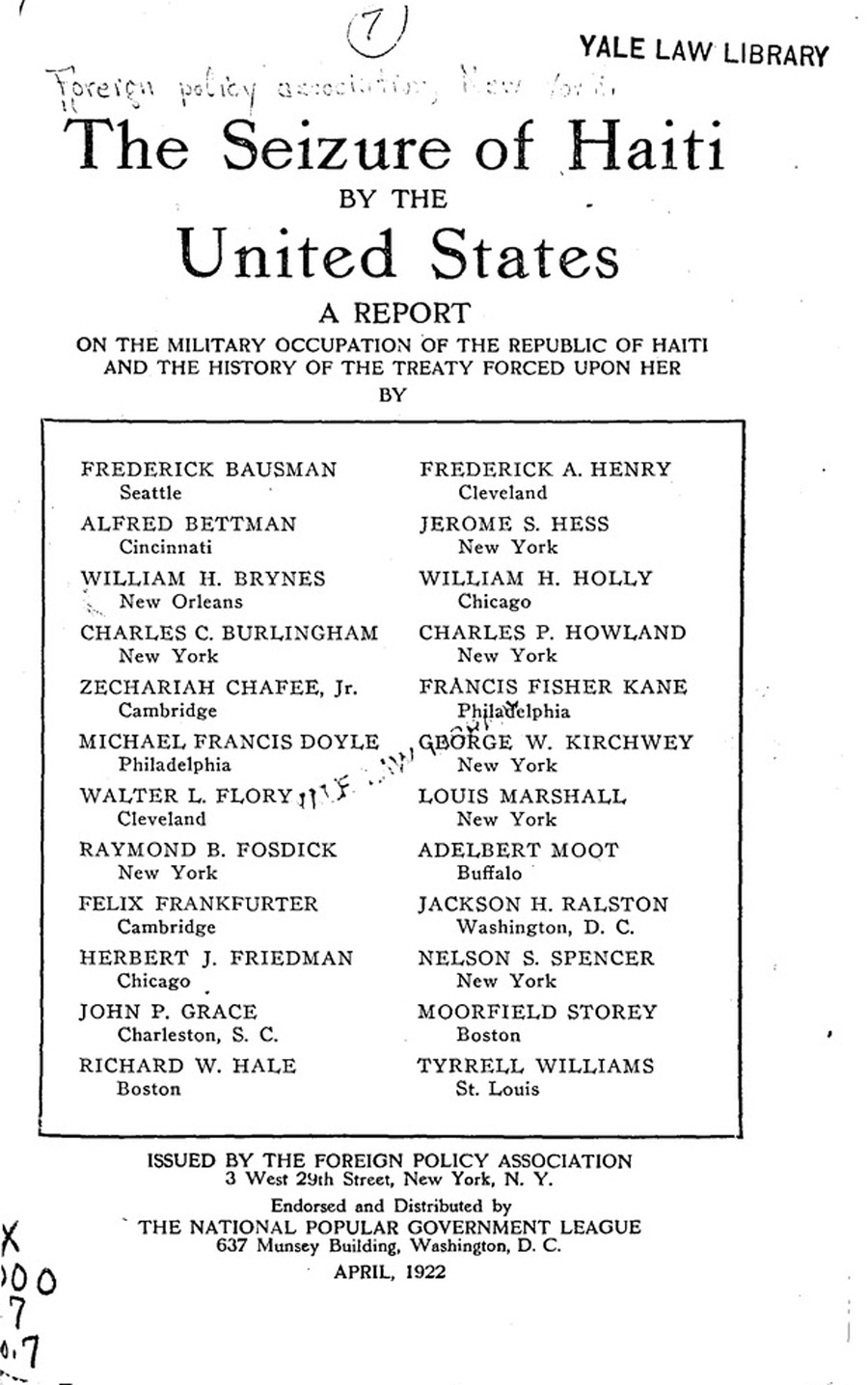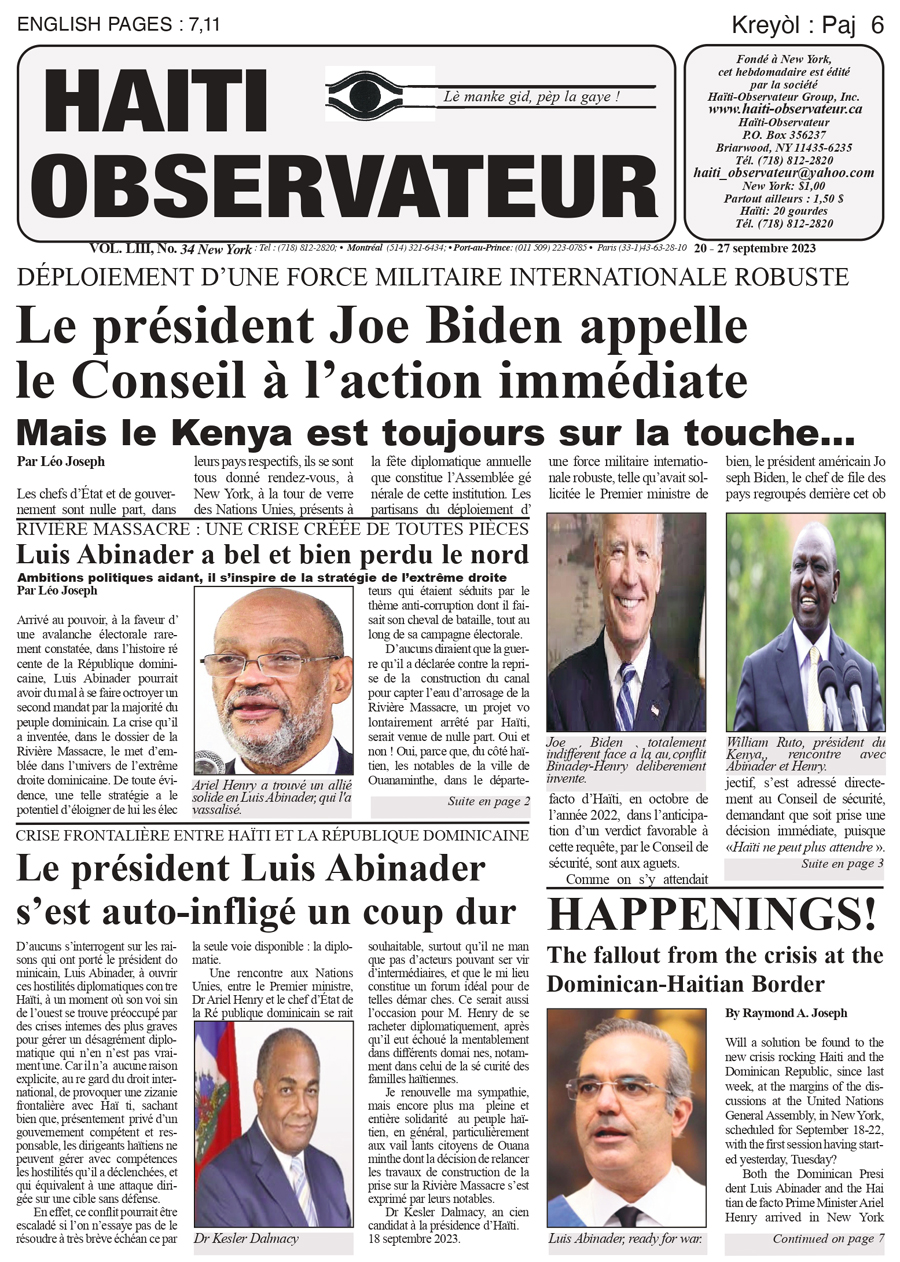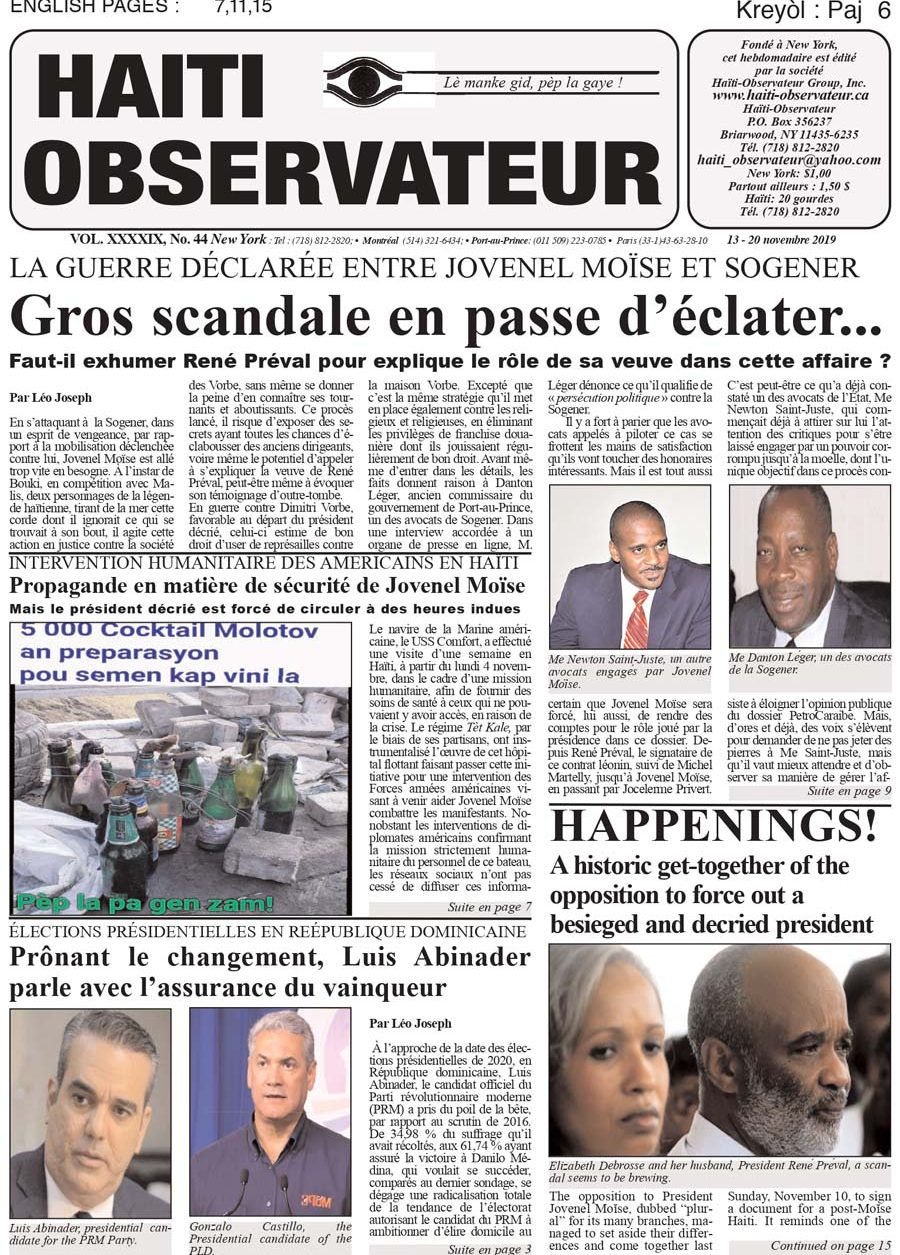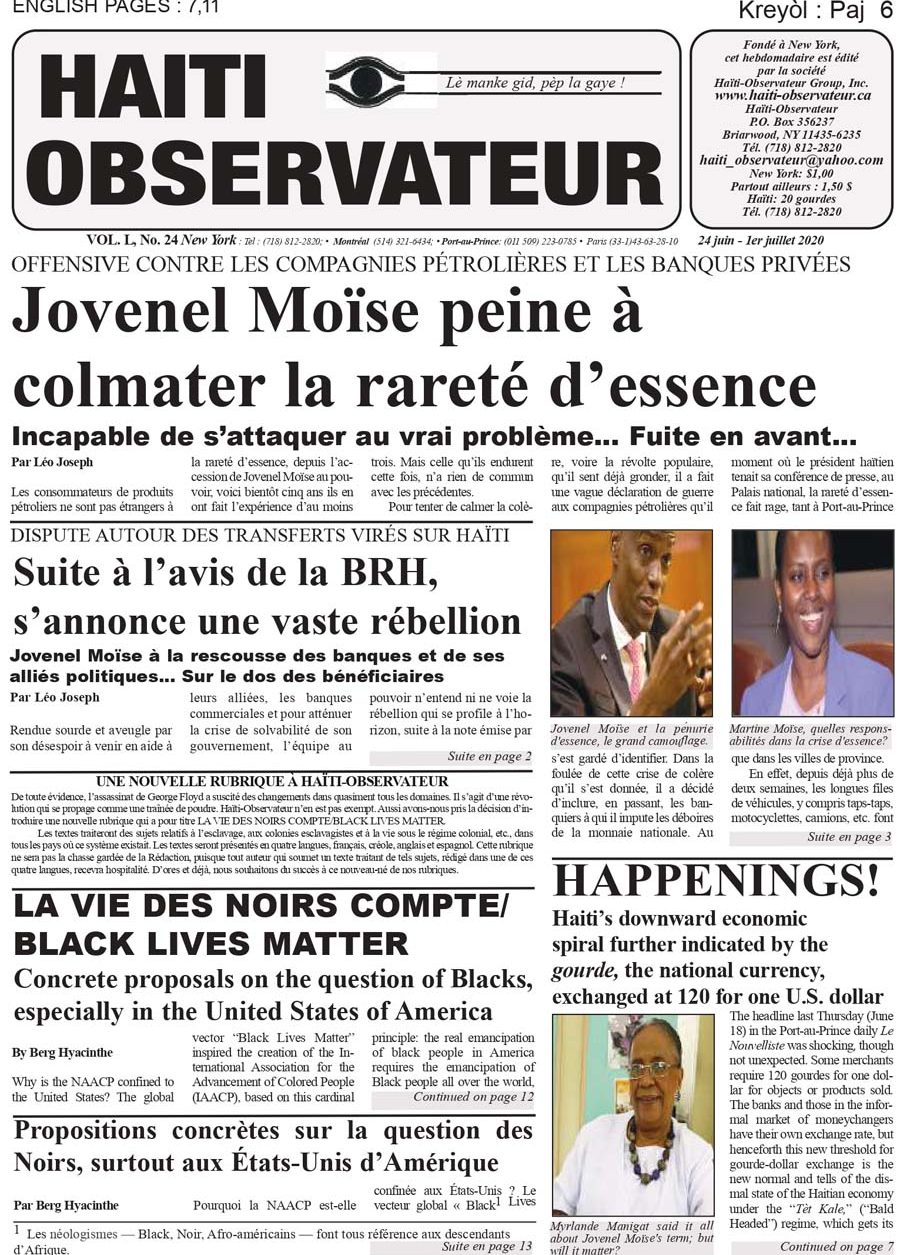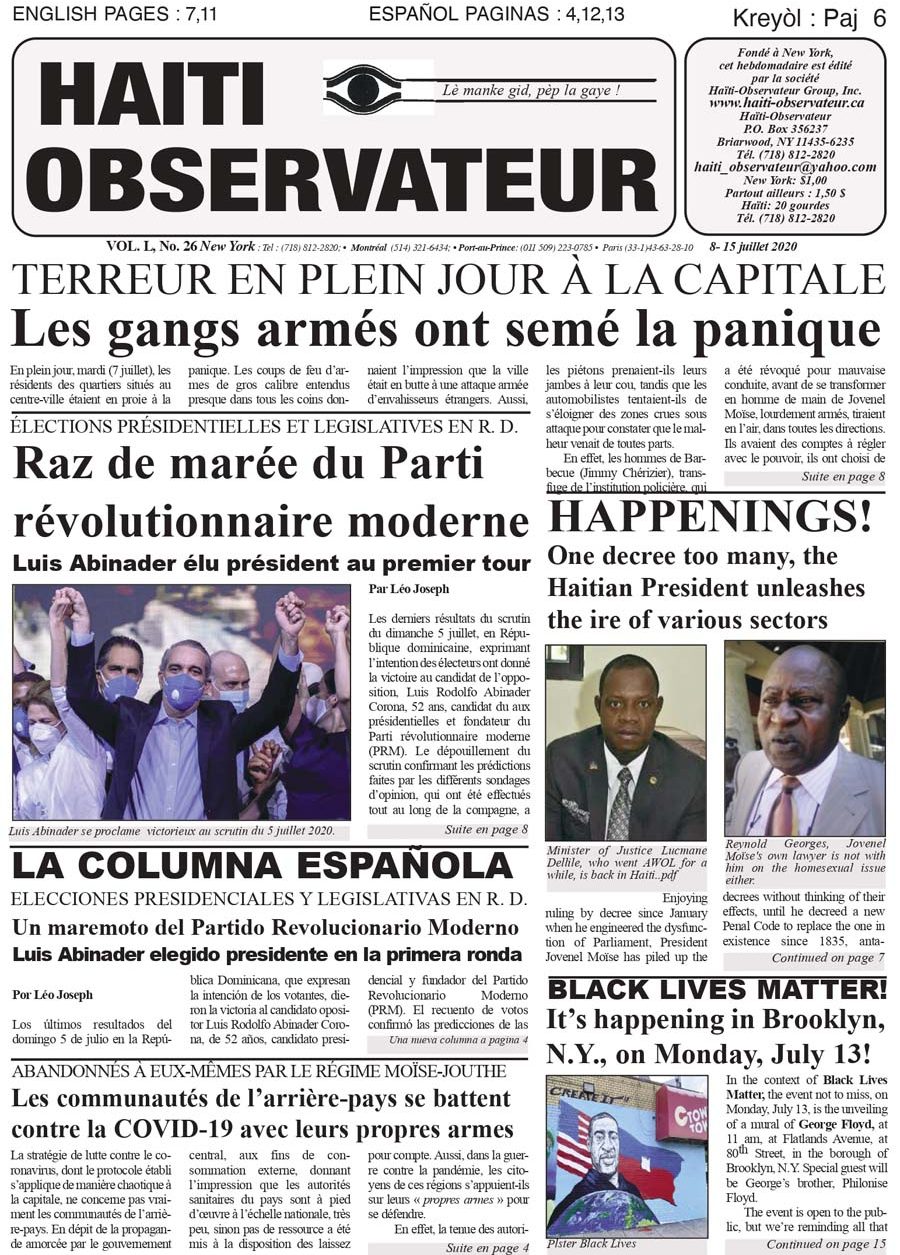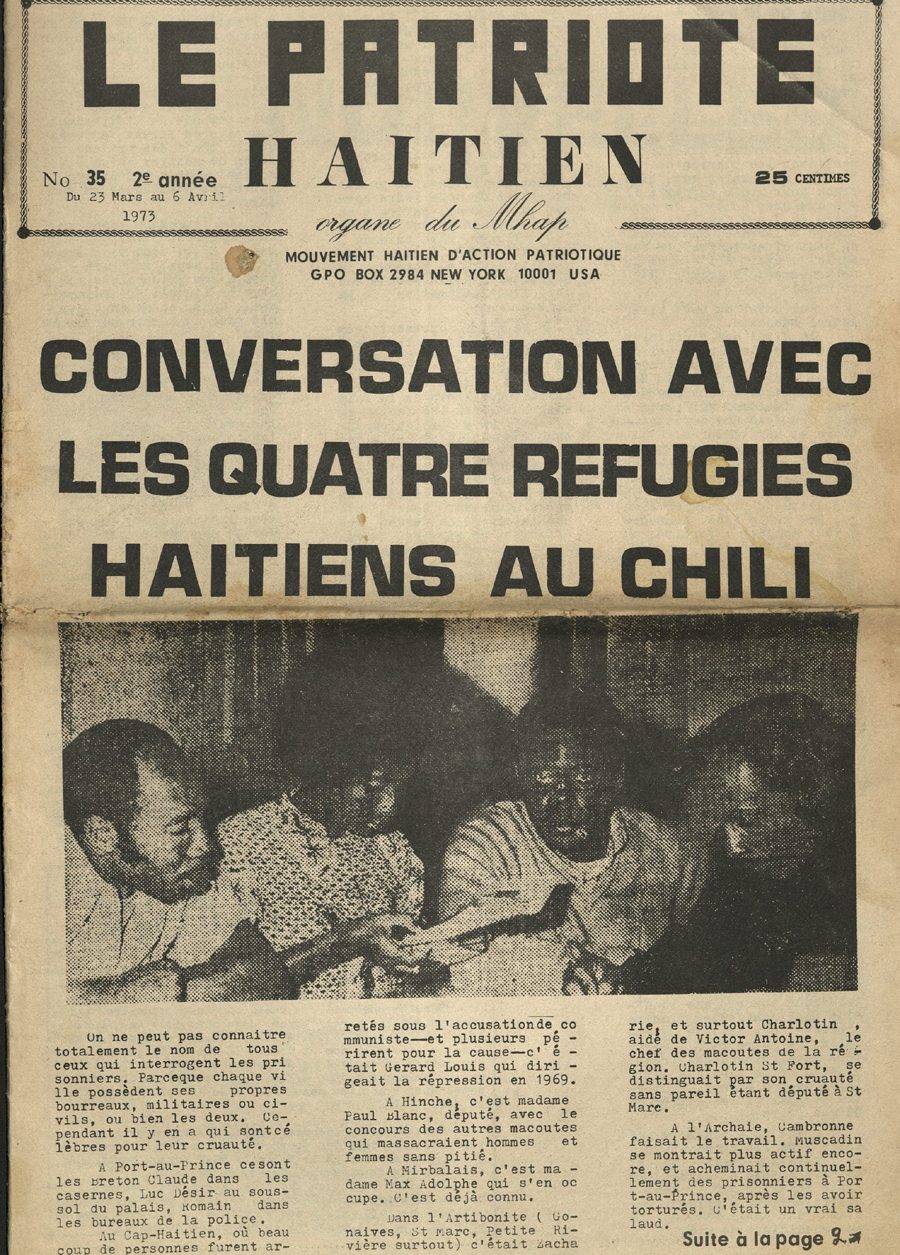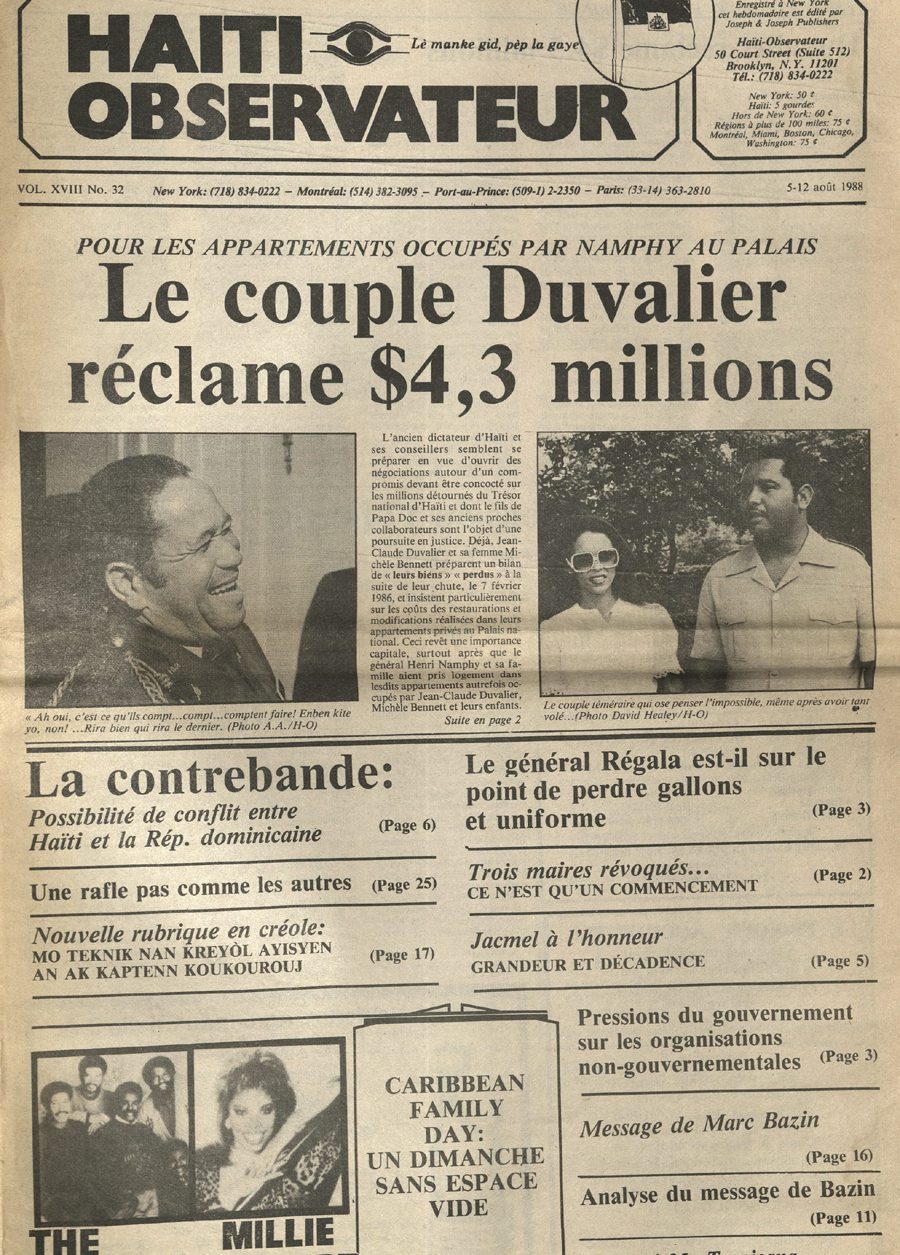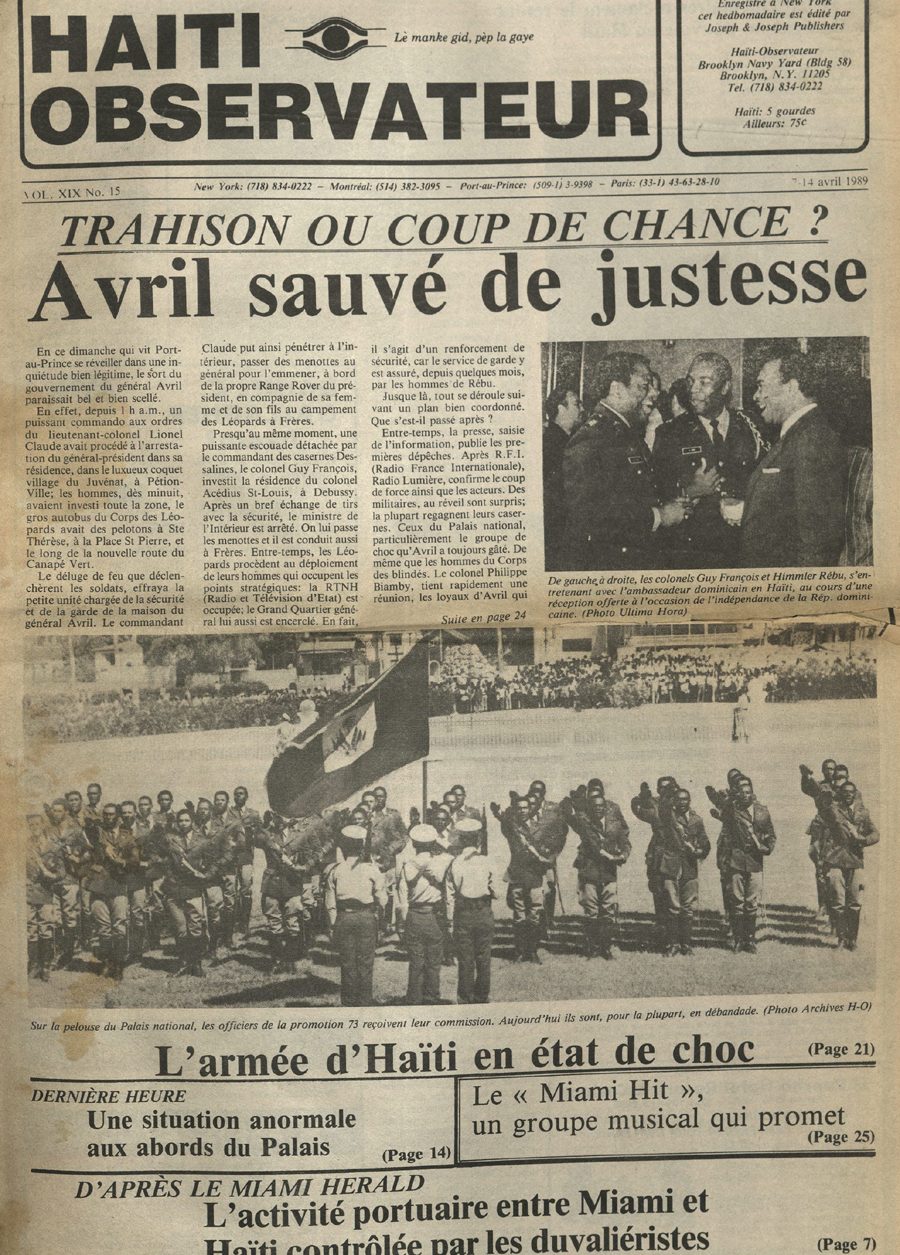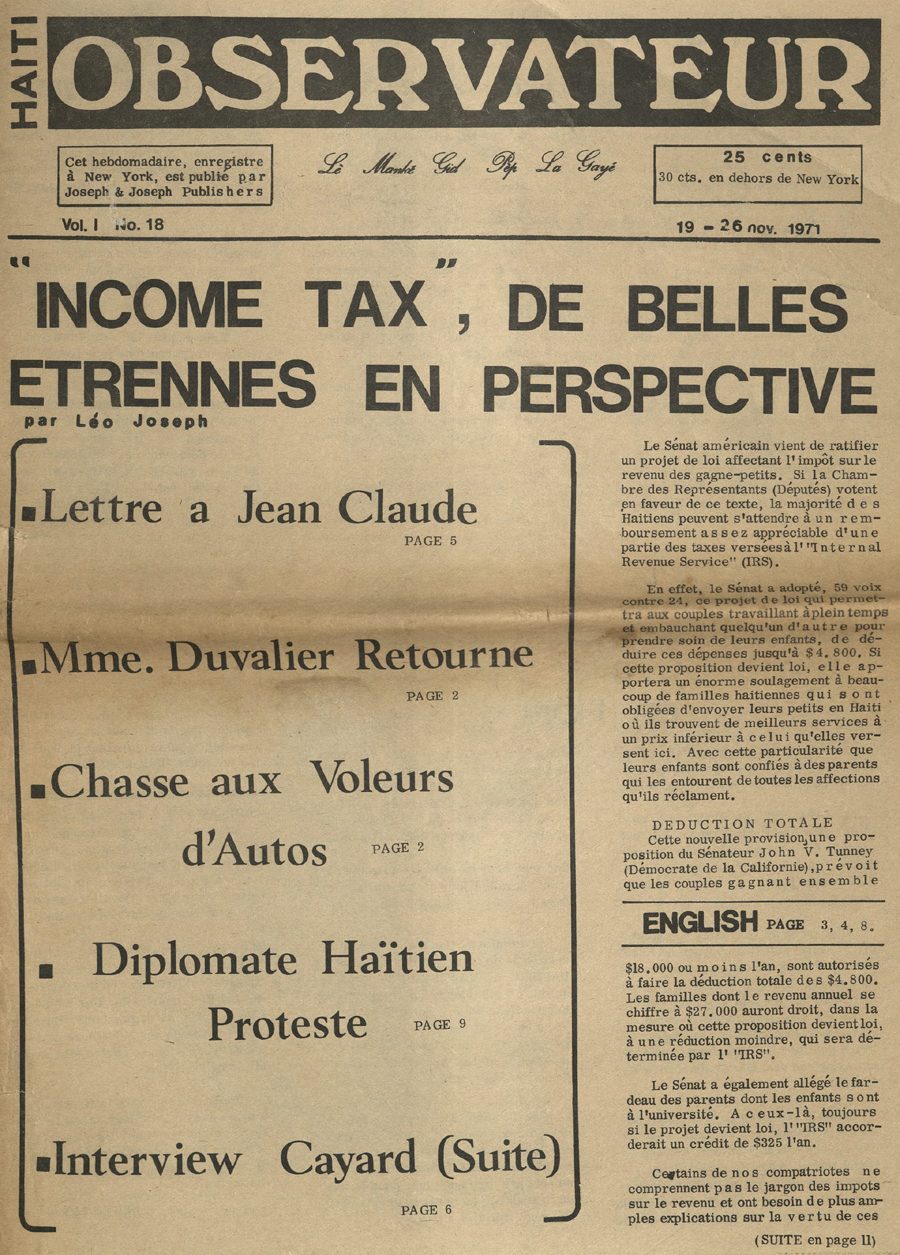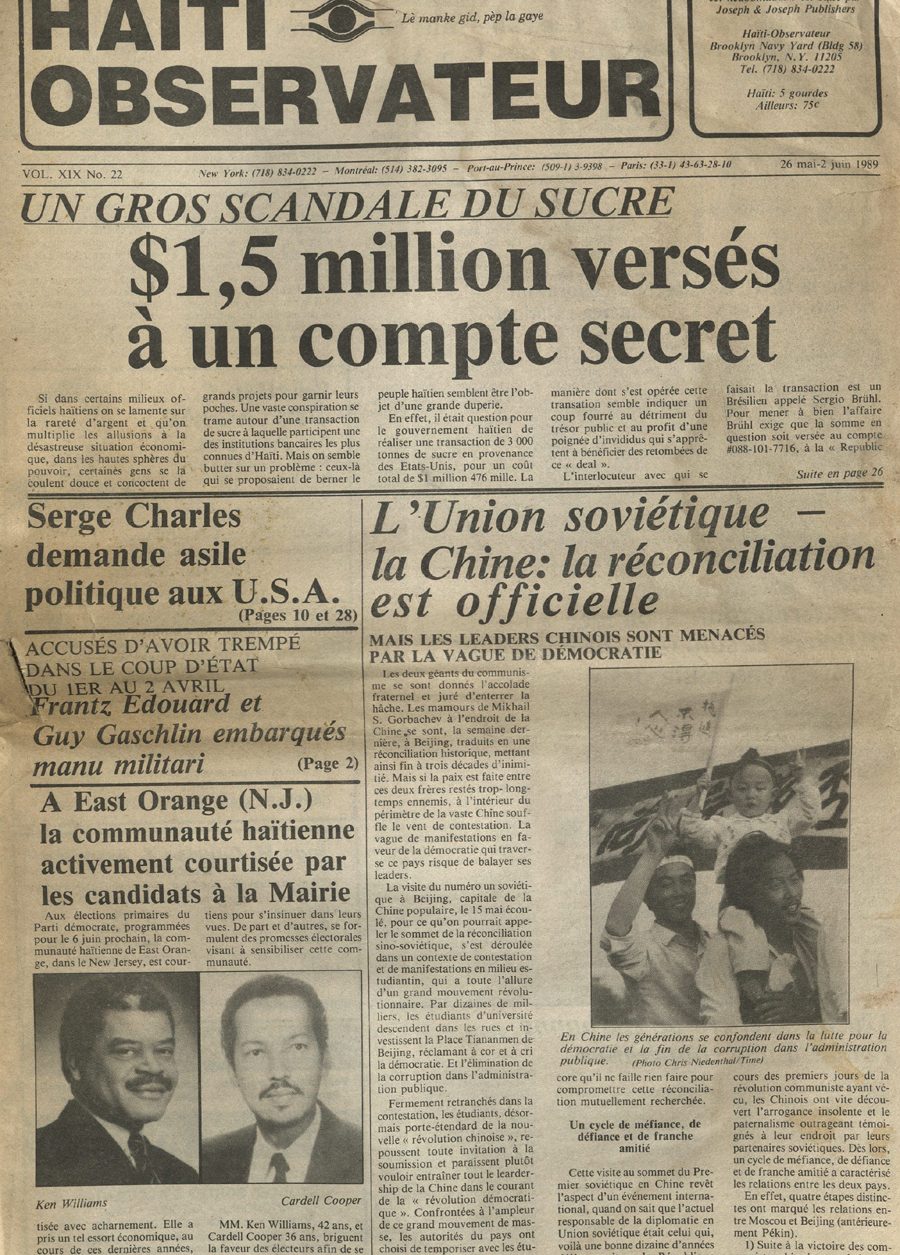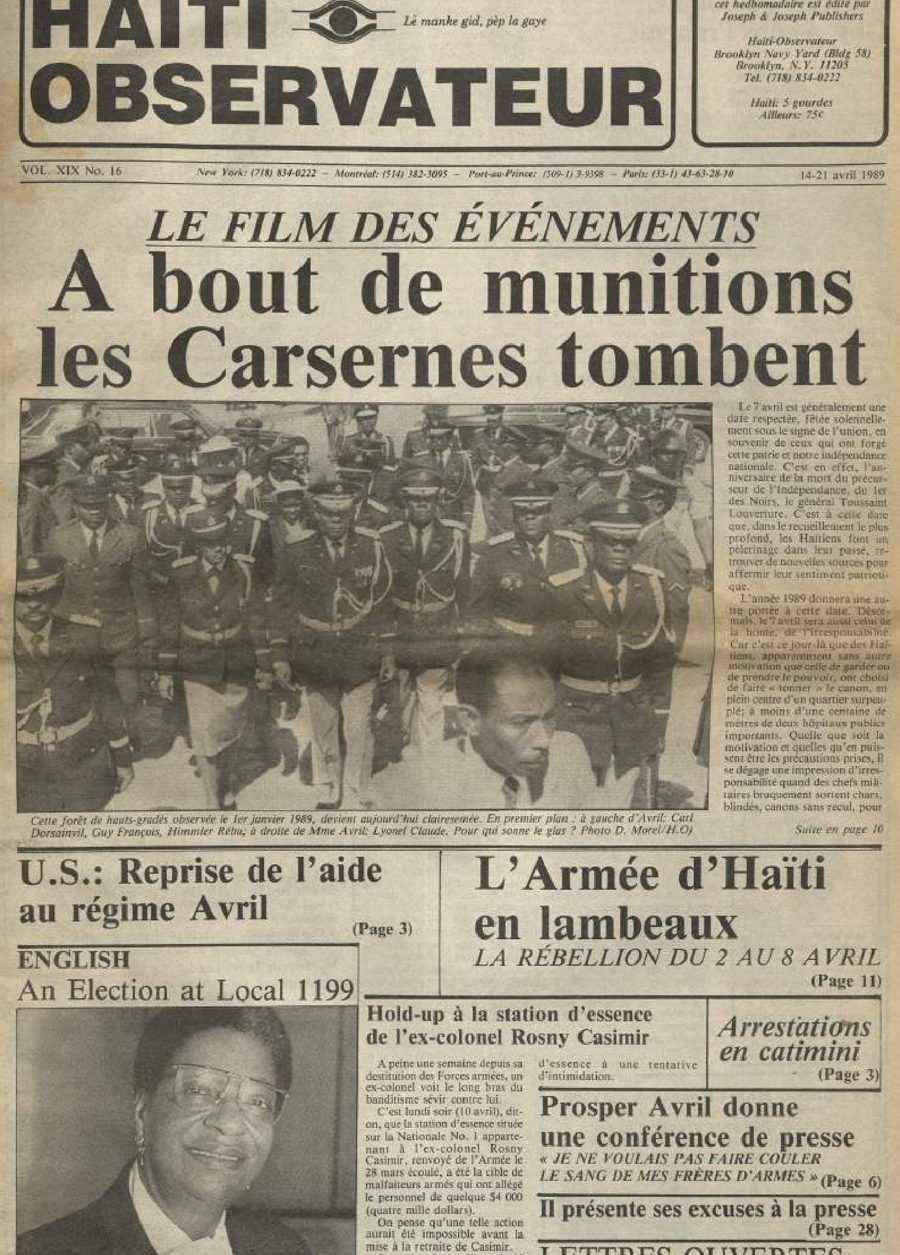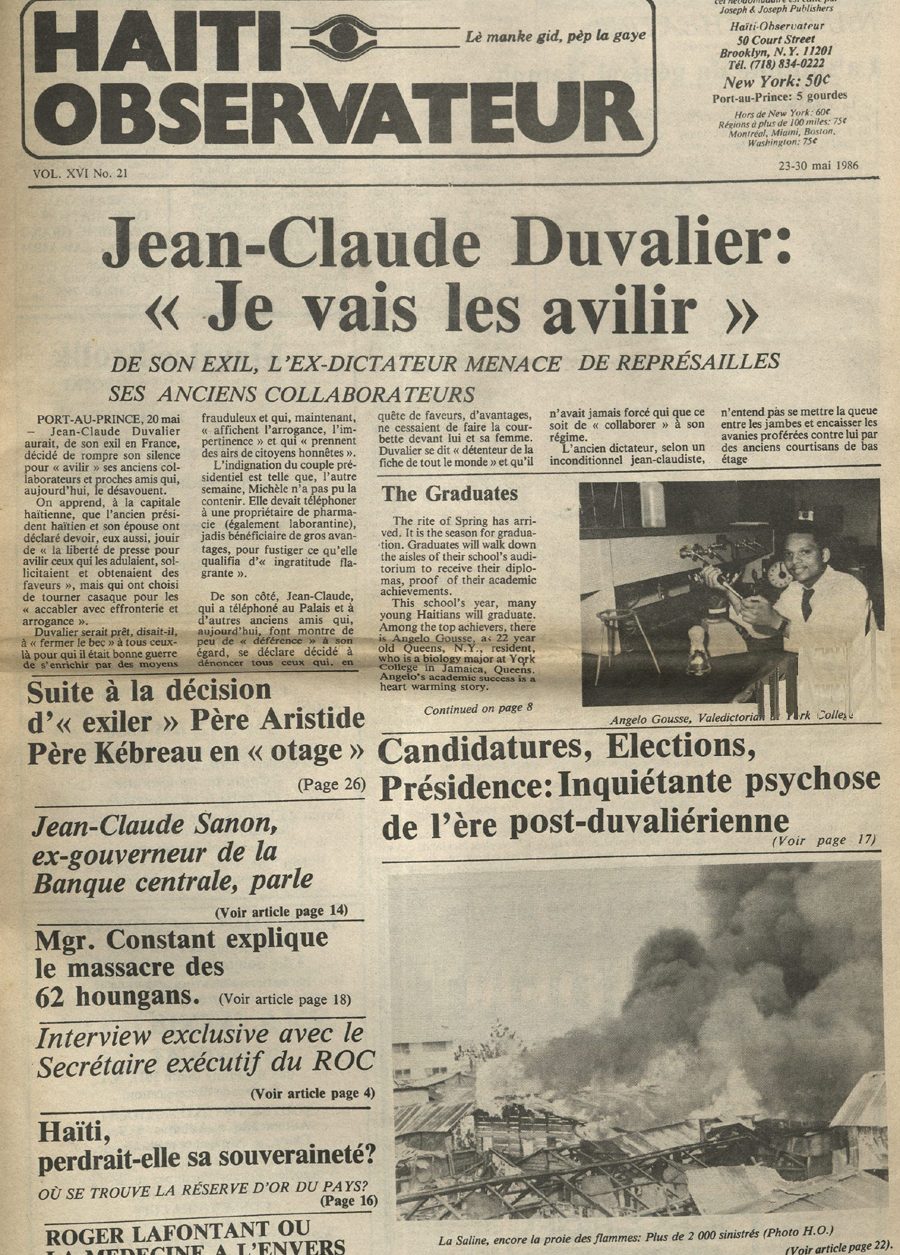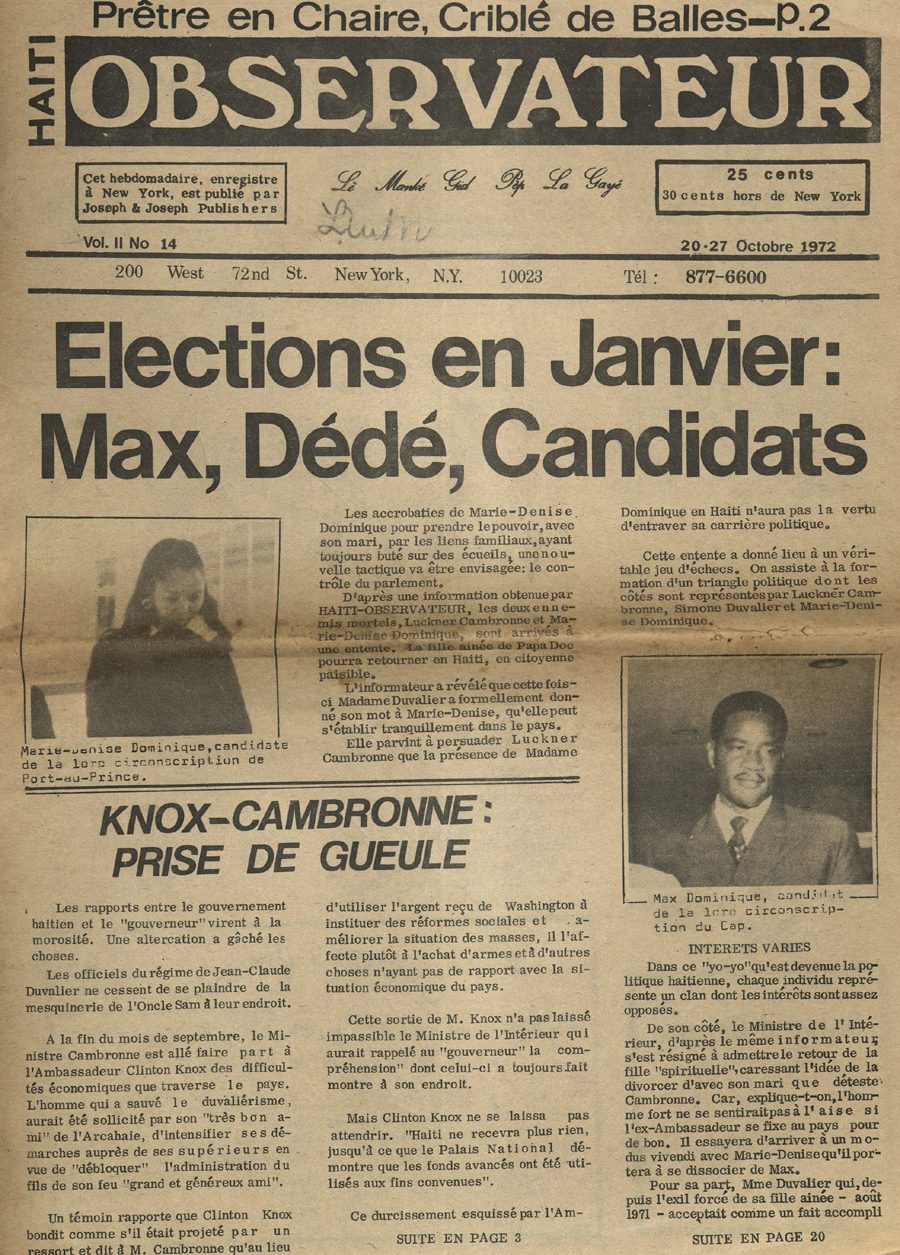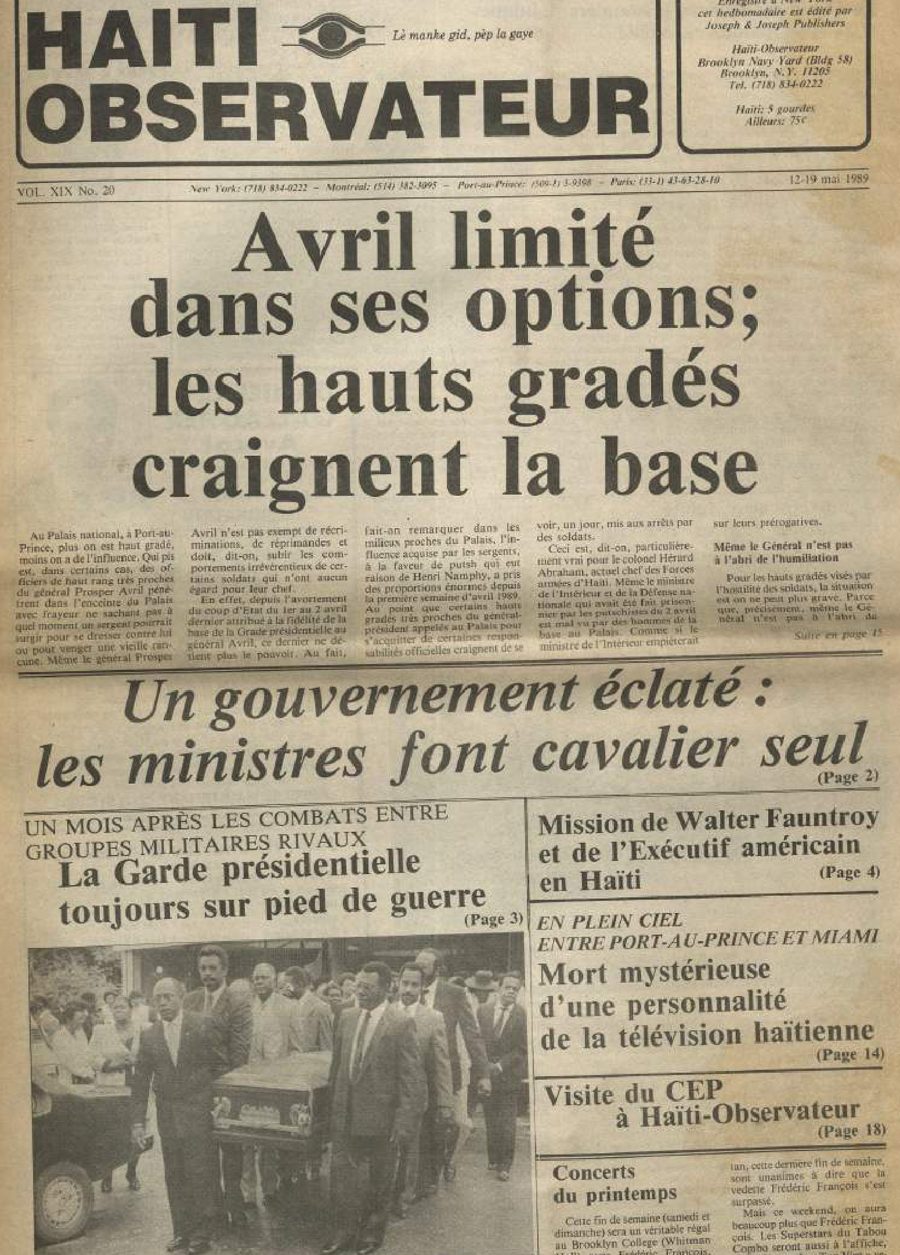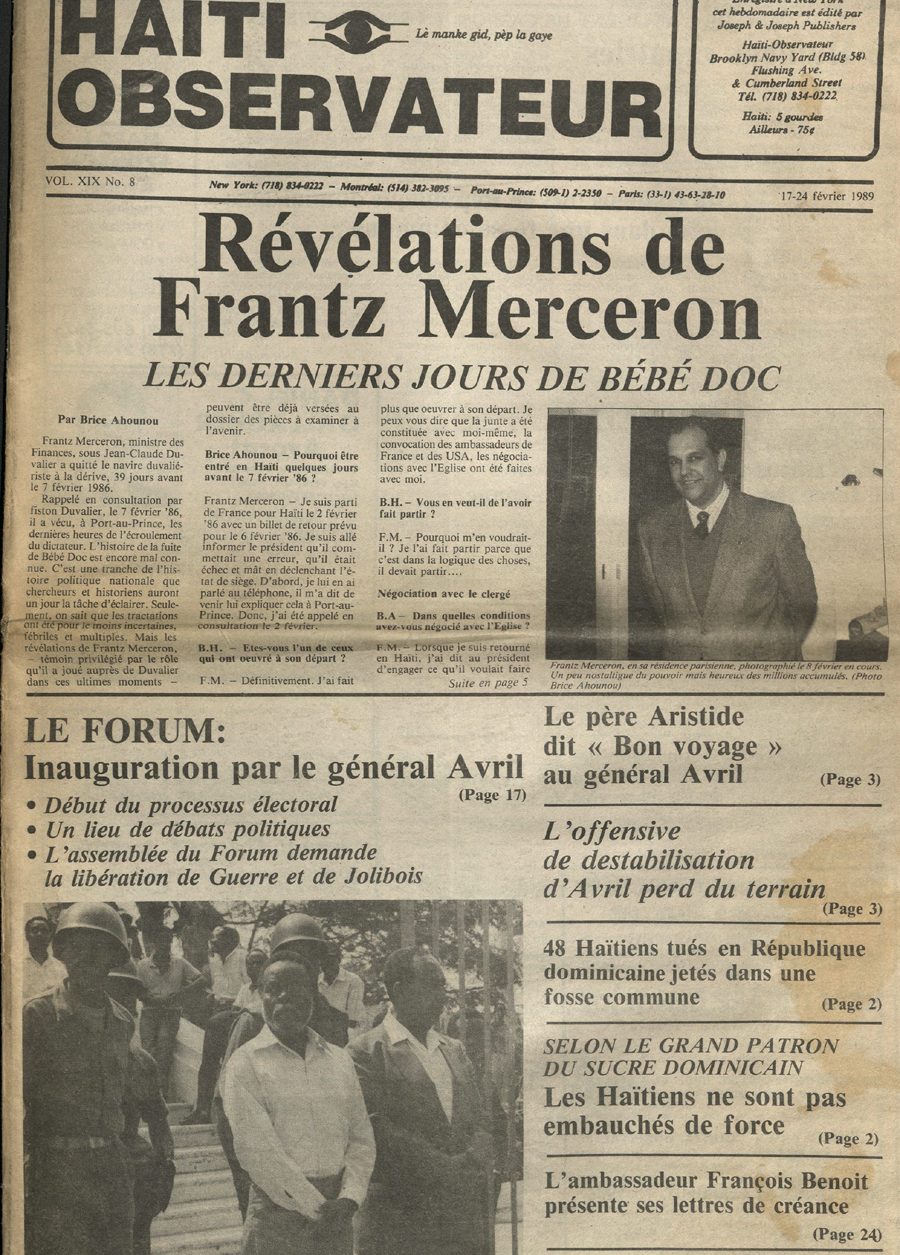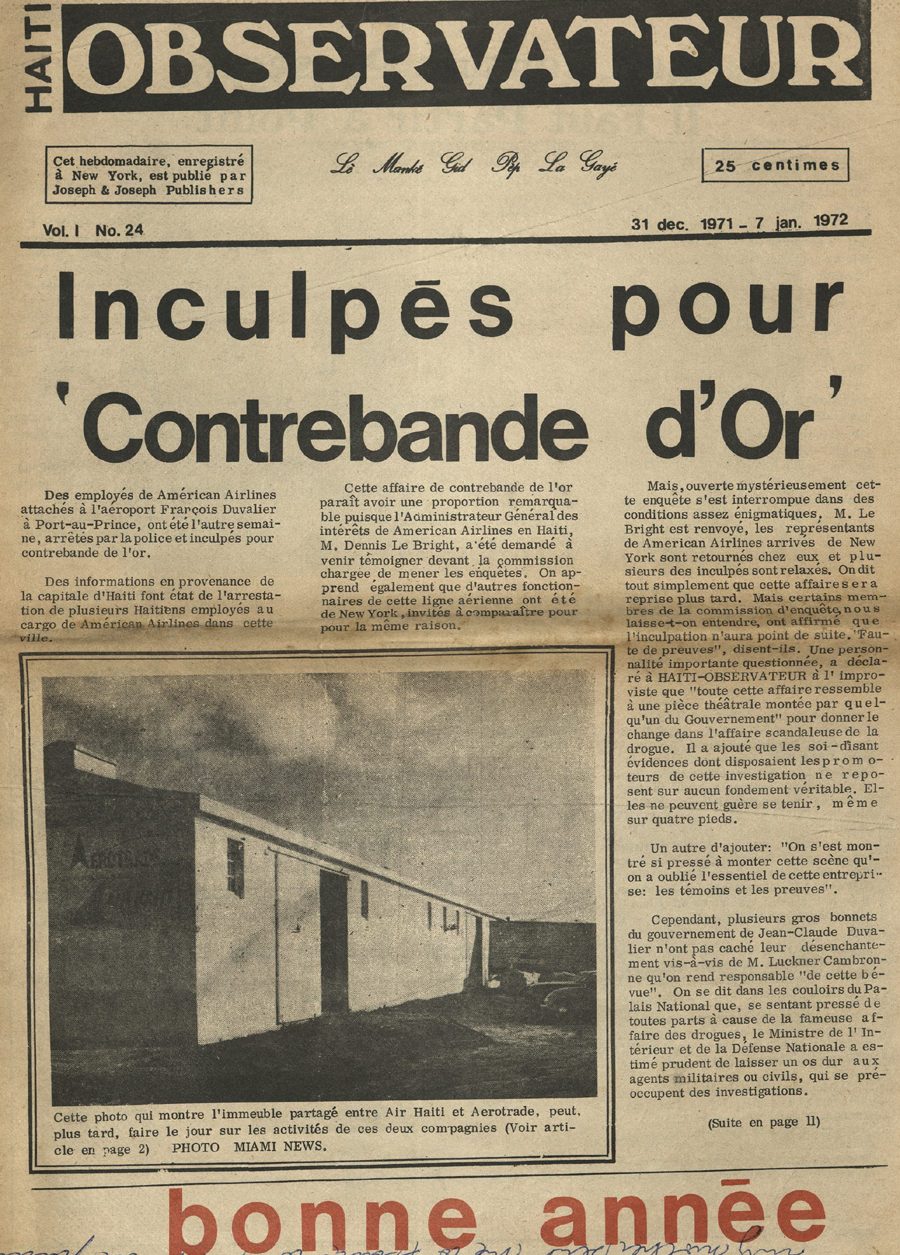
Iran can rattle sabers but not oil prices By Merrill Matthews *
The Iranian government is rattling sabers once again, and the Trump administration is rattling back. In years past those tensions would have sent world oil markets into a panic. Not so this time around. And one important reason is the U.S. has become so dominant in crude oil and natural gas production and export.
In response to the escalating tensions between Iran and the U.S., some Iranian officials have threatened to close the Strait of Hormuz. It’s not the first time the country has made the threat ; it happened in December 2011.
About 18 million barrels of crude oil per day passes through the Strait of Hormuz — about 40 percent of the world’s sea-born oil. The Strait is a roughly 21-mile wide passage separating the Persian Gulf from the Arabian Sea.
The United Arab Emirates and Oman are on the south side of the Strait, Iran sits on the north, giving it easy access to tankers entering and leaving the Strait.
Very few think Iran would actually try to close the Strait, though it might take steps to slow the traffic.
However, just the threat used to cause an economic shock and rising oil prices in most developed economies. For example, the last time Iran threatened to close the Strait, average gasoline prices topped out at nearly $4.00 a gallon in early 2012.
That hasn’t happened this time. U.S. gasoline prices are remarkably low given all of the turmoil — and they may go lower in the near future. Oil prices have dropped recently, due to swelling inventories and fears a trade war would slow economic growth.
It would be hard to overstate what a remarkable reversal this is from the past four decades, when United States foreign policymakers had to weigh many of their decisions on how middle eastern countries would react — not to mention how the presidential administration’s domestic critics would react.
Recall how many people accused President George H.W. Bush’s decision to go to the aid of Kuwait against Iraq in the Gulf War as one motivated by the U.S. need for middle eastern oil. Or how the U.S. government’s support for the Shah of Iran in the decades leading up to the 1979 revolution was based on the need for Iranian oil.
Those criticisms may have been overstated — but it highlights the issue that U.S. foreign policy, or at least the perception of it, has long been driven by the country’s need of oil.
And while the U.S. still net imports 2.34 million barrels of petroleum a day, only 1.53 million bbl/d comes from Persian Gulf countries, according to the Energy Information Administration. In a pinch, U.S. producers and other countries could make up most of that difference if needed.
All of this was made possible by the dramatic growth in U.S. crude oil and natural gas production over the past decade — a direct result of the fracking boom.
That production explosion has made the U.S. the dominant player in the energy market place. It doesn’t necessarily mean the U.S. won’t get involved in middle eastern conflicts, but it does mean that the U.S. need for oil likely won’t be the driving factor.
* Merrill Matthews is a resident scholar with the Institute for Policy Innovation in Dallas, Texas. Follow him on Twitter @MerrillMatthews. This piece originally ran in The Hill.
cet article est publié par l’hebdomadaire Haïti-Observateur, édition du 10 juillet 2019 No.27, et se trouve en P.13 à : http://haiti-observateur.info/wp-content/uploads/2019/07/H-O-10-juillet-2019.pdf



